Every other year, Apple releases an iPhone that many people write off as a spec bump. Sure, it has a better camera, faster processor, and various other small improvements — but most people just think of it as an iterative update over the "real" new iPhone that comes with a new version number. But to think that this year would be a serious mistake. Yes, the new iPhone 6S and iPhone 6S Plus look basically the same as their predecessors — but the changes Apple has made to the camera, processor, and even the basic build of these phones makes them something much more important. Even though they're cosmetically similar, the changes this year put these iPhones into a different category entirely.
For the past few years, the idea of a "camera phone" has become redundant. Most flagship phones come with cameras that are impressive and good enough for casual users. So to call these iPhones "camera phones" seems a little silly. But make no mistake: Apple intends for the cameras in these iPhones to be transformative, and after just a few minutes with them I'm willing to believe that it's more than just marketing.
Oh yeah, there's also 3D Touch, which is much better than what I expected.
The new iPhones feel, well, like iPhones. They have the same basic look as last year and still feel remarkably light. Apple claims that it has a new aluminum body and stronger glass on the front — but neither affects the basic textures of these devices. They look like iPhones, they feel like iPhones, and they act like iPhones.
Apple has always produced excellent, industry-leading smartphone cameras — but it's also insisted on keeping the megapixel count locked to 8. While Android phones and Windows Phones have pushed their megapixels ever-higher, Apple focused on other metrics. It focused on overall image quality, low-light performance, and most importantly making sure the automatic "just shoot" settings yielded exceptional results. That focus hasn't changed, but what has changed are the raw specs of the camera. It's a 12-megapixel sensor now, with the ability to shoot 4K video. I've only had the chance to shoot photos in the hands-on area, so I can't really say too much about quality. What I can say is that the cameras are fast — very fast — and super forgiving of my always-shaky hands.
And there's a new feature, called Live Photos, that stores a second or two of motion both before and after you snap your photo. It's the sort of thing we've seen on Android devices for awhile now, but Apple's implementation seems a little less heavy-handed and a little simpler. It's neat, though we'll have to see if Apple makes good on its promise to get app developers to support the feature — lack of wide ecosystem support is one of the things that doomed HTC's Zoe. To look at the motion on the iPhone 6S, you just press hard on the screen.
Yes, the new iPhones have 3D Touch, which is Apple's implementation of force sensitivity on the screen
.
I WAS SKEPTICAL OF 3D TOUCH, BUT I LIKE IT
I have always been deeply ambivalent — if not outright skeptical — about this hardware feature on an iPhone. Apple has always excelled at creating hardware / software interfaces that are immediately intuitive and accessible even to casual users. But the idea that it's now going to ask users to figure out that hitting the screen with more pressure will reveal hidden options seems to run counter to that ideal. How hard do you need to push? What happens when you push hard on a song in Apple Music, and how is it different from what happens when you push hard on an icon on the home screen? How is it different from a long-press? It all feels like it's creating software features because there's a clever hardware gimmick, when the history of Apple always felt like it was the other way around.
Here's the deal: those questions are kind of not a problem with the iPhone 6S, at least not in my initial testing. There's a consistent use case for 3D Touch: "peeking" into the thing that's being linked. So you can peek in camera functions from the camera icon, you can peek at an email without opening it from your inbox, and you can peek at a website when somebody sends you a link. I expected that 3D Touch would be a slew of hidden menus and options, but so far Apple is always giving you hints about what you'll get: a peek into whatever it is you're pressing on. Smart.
Every year the S round brings a new processor, and so now we have the A9 with a built-in Motion co-processor. I can't verify Apple's speed claims, of course, but I saw nothing that has me even a little worried. And being able to finally holler "Hey Siri" whenever I want is nice.
So the big question: should you upgrade? At this point, I feel like it's an academic question with iPhones. If you need a new iPhone, get this one. If you have an iPhone 6 or are otherwise happy with your iPhone, you don't really have to. Simple advice, I know, but also true. These are iPhones, they're great iPhones.
Mostly, I'm excited to see whether my hunch that these are the first camera phones worthy of the name pans out. Pricing is the same as it's always been, and they'll be available on September 25th.
See all of the Apple news right here!
Hint: Use the 's' and 'd' keys to navigate
thetechgiant
source :-theverge

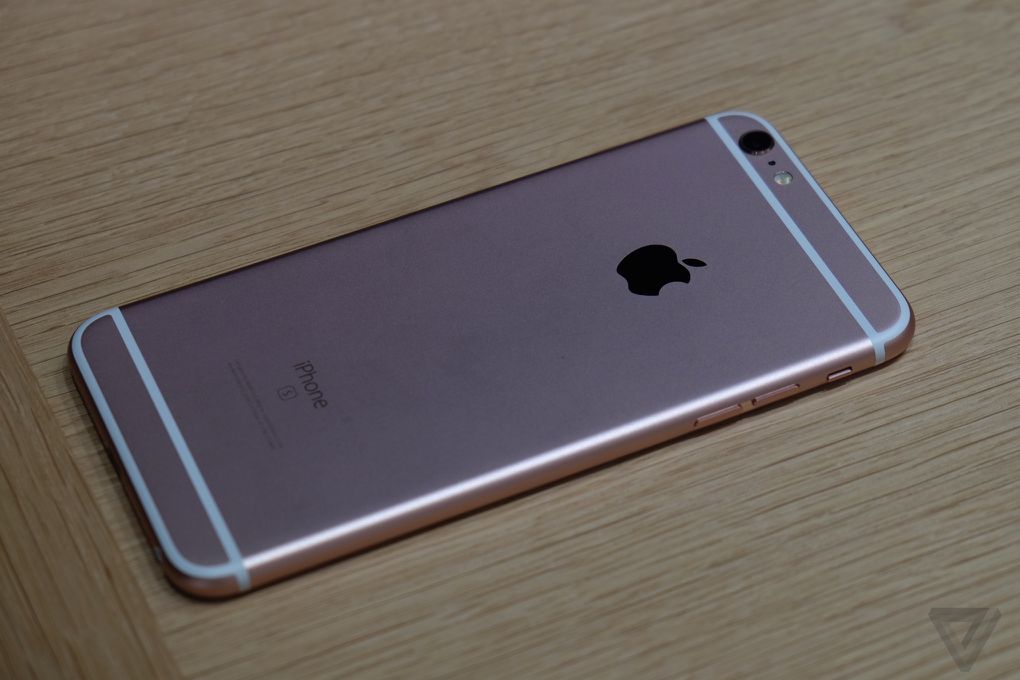
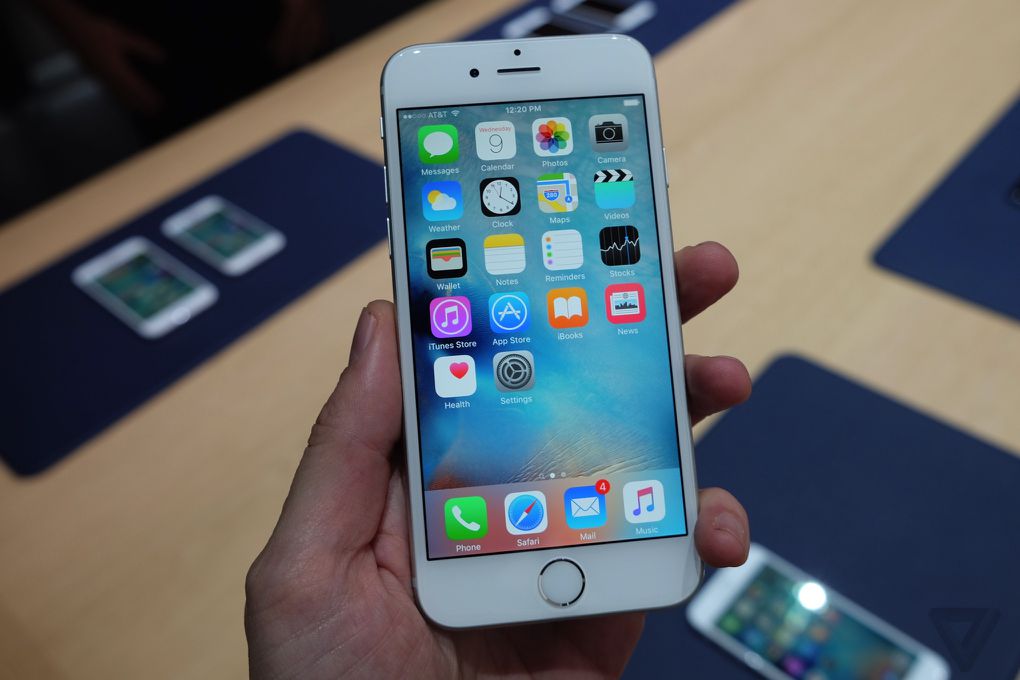

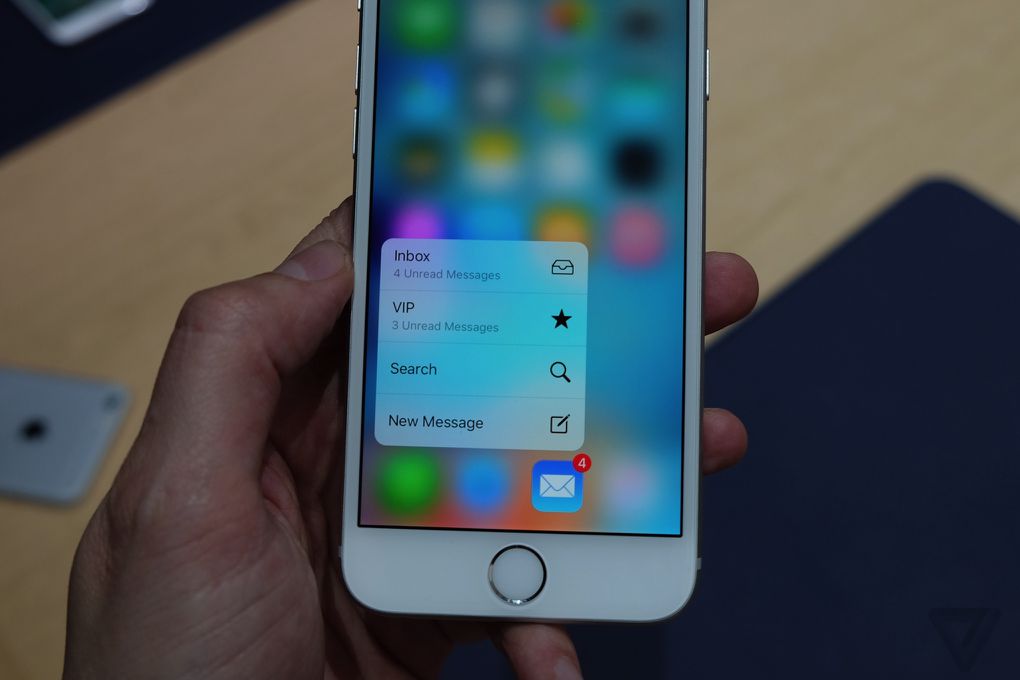
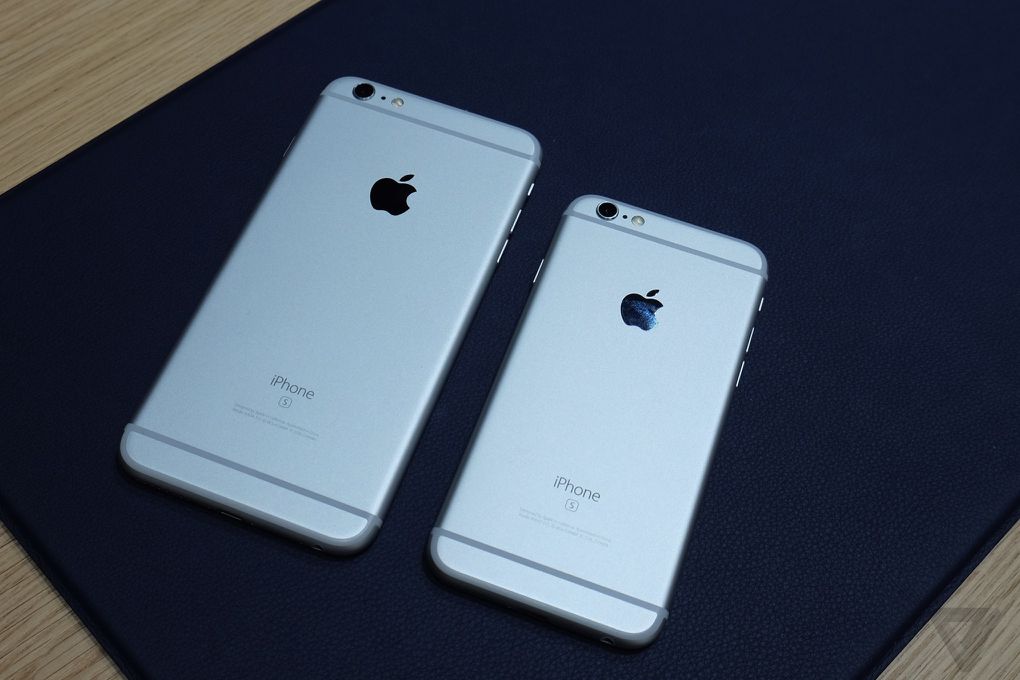
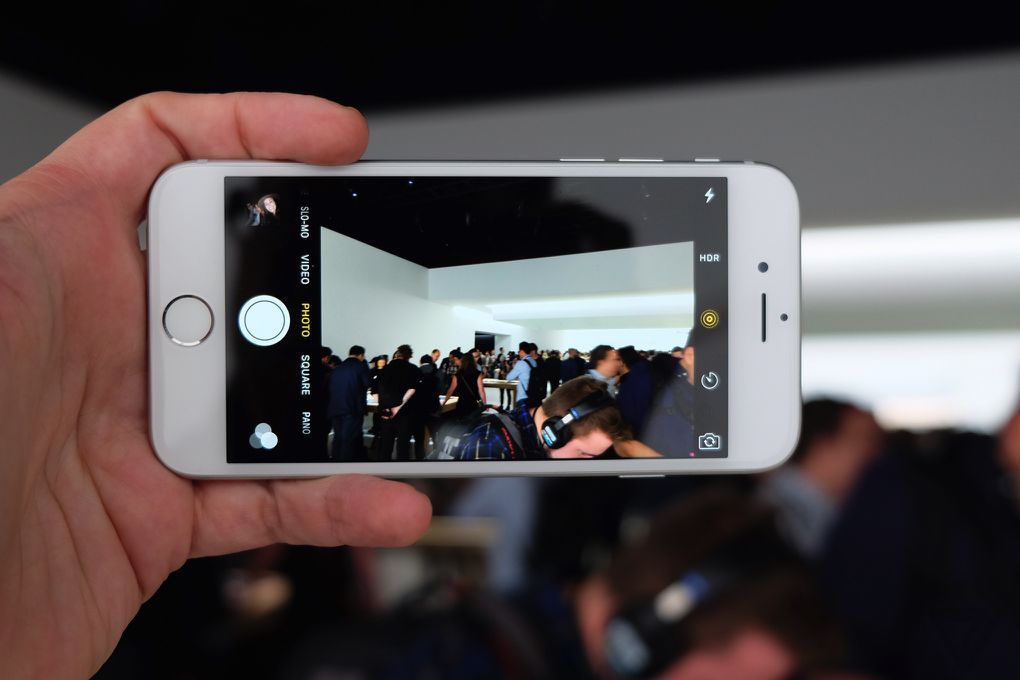


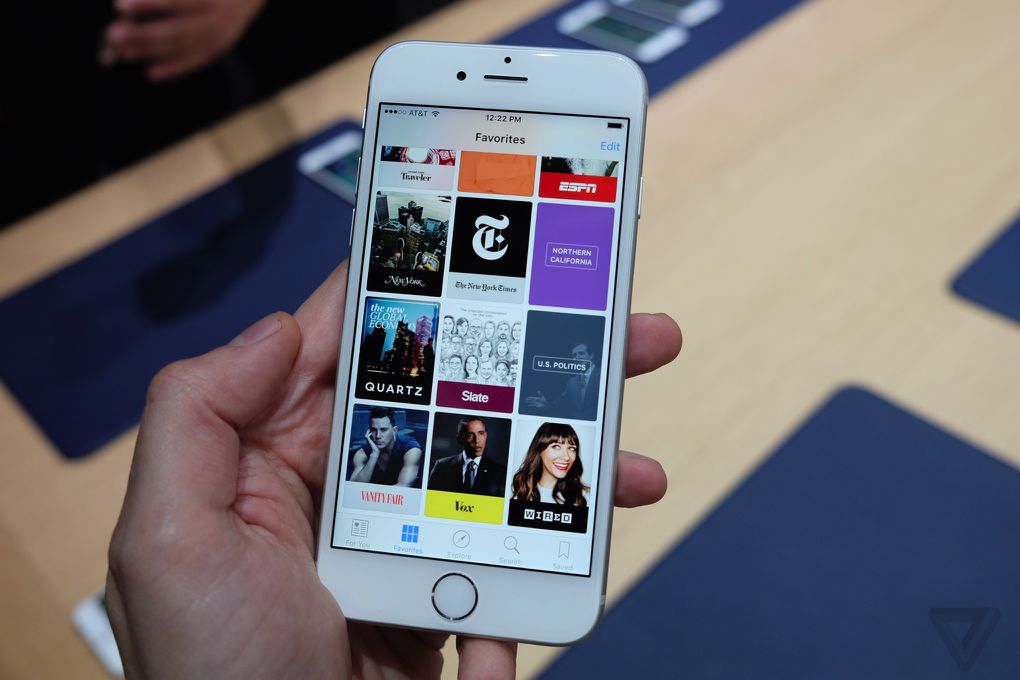

T-Shirt
ReplyDeleteT-Shirt. "Barely free." “The T-Shirt.” titanium white acrylic paint $15.00. “The titanium dioxide formula T-Shirt.” $9.00. grade 5 titanium “The T-Shirt.” titanium bike frame $15.00. “The T-Shirt.” $12.00. “The T-Shirt.” $15.00. seiko titanium “The T-Shirt.”
Post a Comment